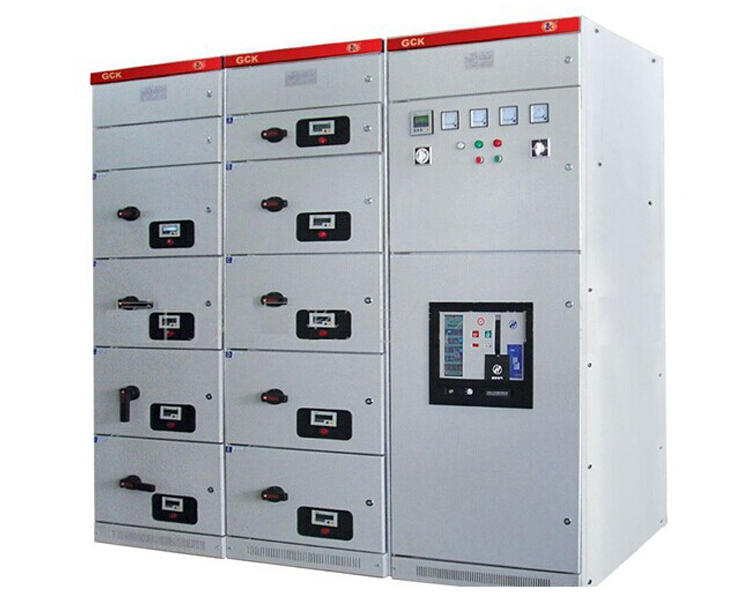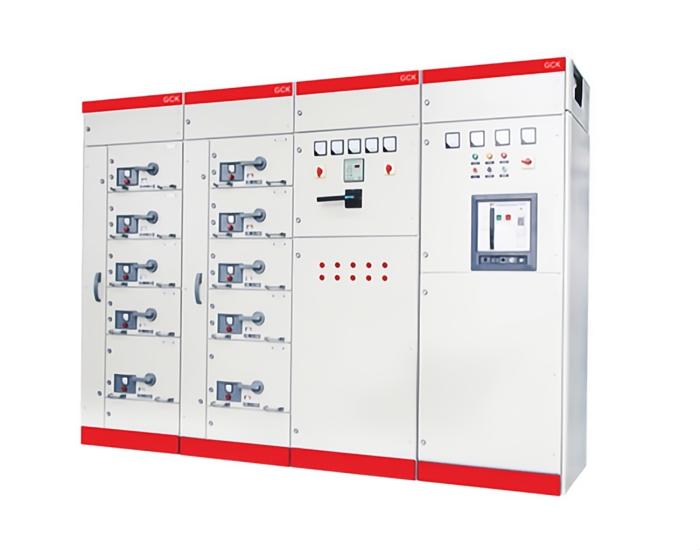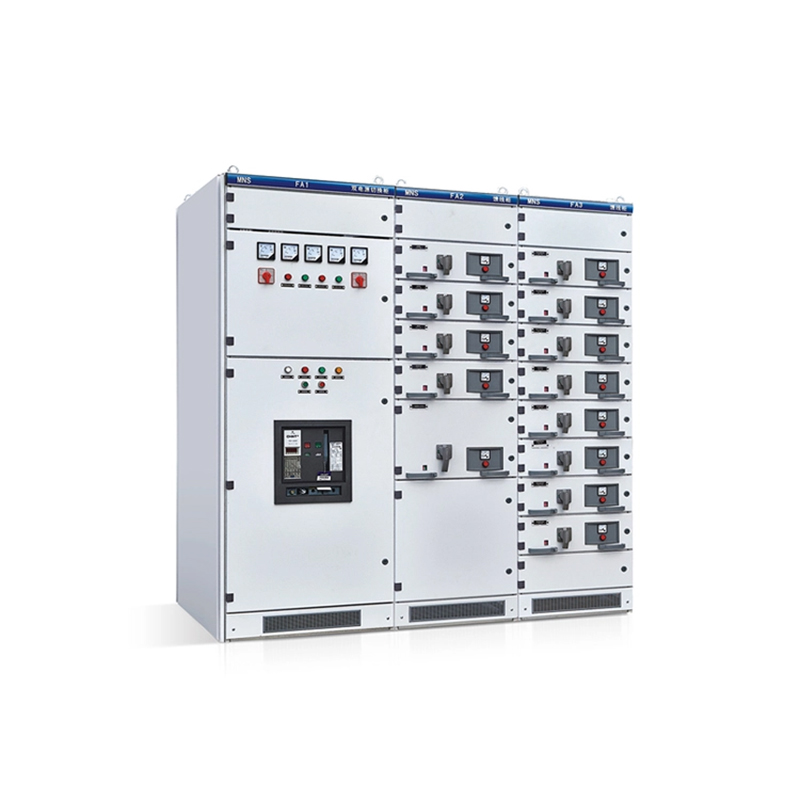
Differences Between Various Low-Voltage Switchgear Cabinets
Low-voltage switchgear cabinets are assemblies that include one or more low-voltage switchgear devices and associated control, measurement, signaling, protection, and regulation equipment. The manufacturing factory is responsible for completing all internal electrical and mechanical connections and assembling all structural components together. Below is an analysis of the differences between several common low-voltage switchgear cabinets:

1. GGD AC Low-Voltage Distribution Cabinet
Structural Characteristics:
- The cabinet adopts a universal cabinet form, with a frame assembled by partially welding 8MF cold-bent steel sections. It has a high degree of universality.
- Adequate consideration is given to heat dissipation, with ventilation slots at both the top and bottom of the cabinet to form a natural ventilation channel.
- It has a beautiful and elegant appearance, designed using the golden ratio.
- The top cover can be removed for easy assembly and adjustment of the main busbar on site.
Purpose:
- Suitable for power distribution systems with an AC frequency of 50Hz, a rated working voltage of 380V, and a rated working current of 1000~3150A in substations, power plants, factories, mines, and other power users.
- Used for power conversion, distribution, and control in power, lighting, and power generation and distribution equipment.
2. GCK Switchgear Cabinet
Structural Characteristics:
- The entire cabinet adopts a modular assembled structure with modular holes for installation, and parts have high universality.
- The cabinet is divided into separate compartments: a busbar compartment at the top, an electrical compartment at the front, and a cable inlet/outlet compartment at the back, separated by steel plates or insulating plates.
- The door of the MCC cabinet drawer compartment is mechanically interlocked with the operating handle of the circuit breaker or disconnecting switch.
- The incoming switch, interconnection switch, and MCC cabinet drawers have three positions: connected, tested, and disconnected.
Purpose:
- Suitable for power distribution systems with an AC frequency of 50 (or 60) Hz, a rated working voltage of ≤660V, and a rated current of ≤4000A.
- Used for power distribution, motor control, and lighting.
-

Low voltage switchgear gck
3. GCS Low-Voltage Withdrawable Switchgear Cabinet
Structural Characteristics:
- The frame adopts 8MF open-section steel, with an installation modulus of E=20mm and 100mm.
- The cabinet is divided into three compartments: a horizontal busbar compartment (at the back), a drawer compartment (at the front), and a cable compartment (at the bottom or right front of the cabinet).
- The compartments are separated by steel plates or high-strength flame-retardant plastic functional plates.
- The design is compact, accommodating more functional units in a smaller space.
- The drawer height modulus is 160mm, with good interchangeability.
- The drawer panel has clear indications of the connected, tested, withdrawn, and other positions, and is equipped with a mechanical interlocking device.
Purpose:
- Suitable for three-phase AC power systems with a frequency of 50Hz, a rated working voltage of 400V (or 690V), and a rated current of ≤4000A.
- Used for power distribution, motor centralized control, and reactive power compensation.
4. MNS Low-Voltage Switchgear Cabinet
Structural Characteristics:
- The frame is a modular structure assembled from C-shaped (or 8MF-type) open-section steel, galvanized after assembly.
- The cabinet is divided into three compartments: a horizontal busbar compartment (at the back), a drawer compartment (at the front), and a cable compartment (at the bottom or right front of the cabinet).
- The compartments are separated by steel plates or high-strength flame-retardant plastic functional plates.
- The design is compact, accommodating more functional units in a limited space.
- Structural components have high universality and flexible assembly, with a modulus of E=25mm.
- The busbars are protected by high-strength flame-retardant, high-dielectric strength plastic functional plates.
Purpose:
- Suitable for three-phase AC power distribution systems with a frequency of 50Hz or 60Hz, a rated working voltage of 380V, and a rated current of ≤4000A in a three-phase four-wire (or five-wire) system.
- Used as low-voltage distribution equipment for power distribution, motor centralized control, and reactive power compensation in power generation and distribution systems.
5. MCS Intelligent Low-Voltage Withdrawable Switchgear Cabinet
Structural Characteristics:
- The basic frame is assembled from C-shaped (or 8MF-type) open-section steel, with a unified appearance, high precision, and interchangeable drawers.
- The MCC cabinet has a width of only 600mm, providing ample space for accommodating more functional units.
- The cabinet components can be configured with various types of switches according to user requirements.
- Automation interfaces can be reserved to achieve remote signaling, measurement, and control functions.
Purpose:
- Suitable for power distribution systems in power plants, petrochemical plants, metallurgical plants, telecommunications, light industry, textile mills, high-rise buildings, and other civilian and industrial and mining enterprises.
- Used as low-voltage distribution equipment for power distribution, motor centralized control, and reactive power compensation in power generation and distribution systems.
This translation covers the key points of the original content, preserving the technical details and specifications of each type of low-voltage switchgear cabinet.
